Just before Christmas 1895, Morfa Colliery workers in Port Talbot, South Wales, walked off the job due to strong mining superstitions, highlighting their deep-seated beliefs. Let’s explore the incident.
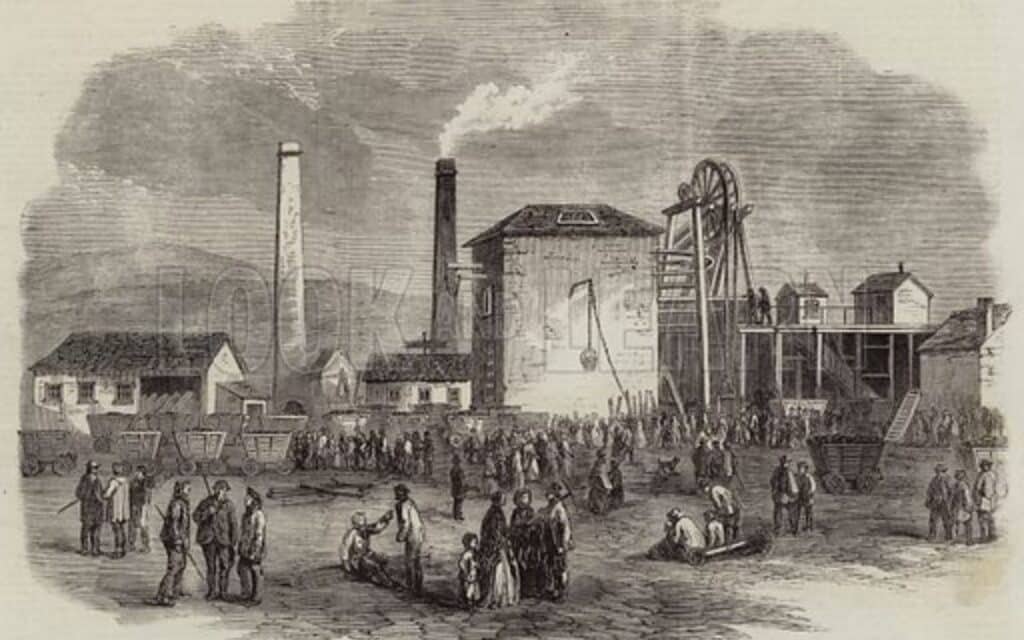
Morfa Colliery, now long closed, was once nestled amidst the green landscapes of Port Talbot, South Wales, a land deeply entrenched in myths and legends.
The mine witnessed prosperity and tragedy alike during its 63 years in existence. It was more than just a site of mineral extraction; it was a canvas painted with stories, some of which eerily blend folklore with real-life events.
One that was particular striking was the miners’ refusal to work just days before Christmas in 1895, haunted by fears and superstitions of impending doom.
History of Morfa Colliery
Established in Port Talbot in the mid-19th century, the Morfa Colliery rapidly became the economic heartbeat of the region, providing jobs and boosting local development.
However, beneath the promise of wealth lay a perilous reality. Like many mines of the era, Morfa was a den of hazards, from the threat of cave-ins to potentially lethal gas explosions.
Tragedy struck in 1890 when an explosion claimed over 80 lives, embedding the colliery in a shroud of grief. The loss was so profound that Morfa became emblematic of mining disasters.
After this calamity, whispers of eerie events preceding the explosion started gaining ground.
These weren’t the usual tales; these were stories rooted in the immense tragedy that the mine had witnessed.
This was the stage where the legends of the Coblynaus, the Welsh mine spirits, and other supernatural beings intermingled with real-life mysteries.
Coblynaus: The Good, the Bad, and the Mysterious
In Welsh folklore, Coblynaus are underground fairies, often seen as the guardians of mines. Standing about 15 inches tall and decked out in mini-miner outfits, they were both revered and feared. While they were often seen as indicators of rich ore veins, they also carried a reputation for mischief.
The question then arises: How do these spirits fit into the chilling narrative of Morfa Colliery?
As winter descended upon Morfa Colliery in December 1895, miners began reporting unsettling occurrences and began refusing to go into the mail – rather lose out economically than lose their lives.
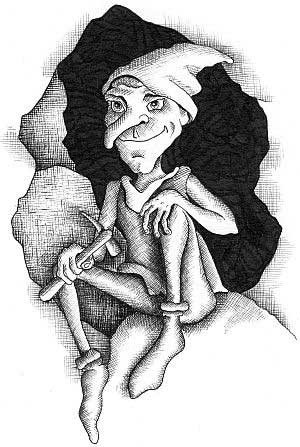
From inexplicable noises echoing through the mine’s belly to spectral figures flickering in and out of sight, the tales grew darker and more frequent. Equipment began malfunctioning, and canaries, the miners’ trusted sentinels against toxic gases, acted bizarrely or died without apparent cause.
Such events, reminiscent of warnings from the Coblynaus or other supernatural beings, set the stage for a palpable tension in the community. With the memories of the 1890 disaster still fresh and now amplified by these omens, miners hesitated to venture into the colliery, fearing another catastrophe.
Historical records from the time – articles from the likes of the Port Talbot Guardian and the Rhyl Record and Advertiser – paint a vivid picture of the times. These reports not only capture the tangible fears of the miners but also highlight the profound impact of superstitions and folklore on the psyche of the community.
Christmas and Superstitions
While Christmas typically heralds a season of joy, the Morfa Colliery’s unsettling events cast a long shadow over festivities. The season’s inherent mysticism, combined with the legends of the Coblynaus, created an atmosphere thick with apprehension.
The Morfa Colliery workers eventually went back to work in late December, when management agreed to safety checks.
But that didn’t stop newspaper reports continuing to speculate on the spirits of the mine.
On 9 January 1896, the Flintshire Observer Mining Journal and General Advertiser, published an article under the title of “A Haunted Mine”. It said:
“South Wales has a haunted coal mine. This ghostly place is the Morfa Colliery, and it has been infested with restless spirits for about a week. They are supposed to be six in number, and to be the ghosts of some miners who were killed in an explosion. They make their presence known by wailing and knocking all over the underground workings. These diversions, it is said, they vary by the singing of dirges and the roll of muffled drums.”
Morfa Colliery eventually closed in 1913 and there does not appear to have been another major accident befell the workers like that from 1890.
Tell us your thoughts on this article in the comments section below!

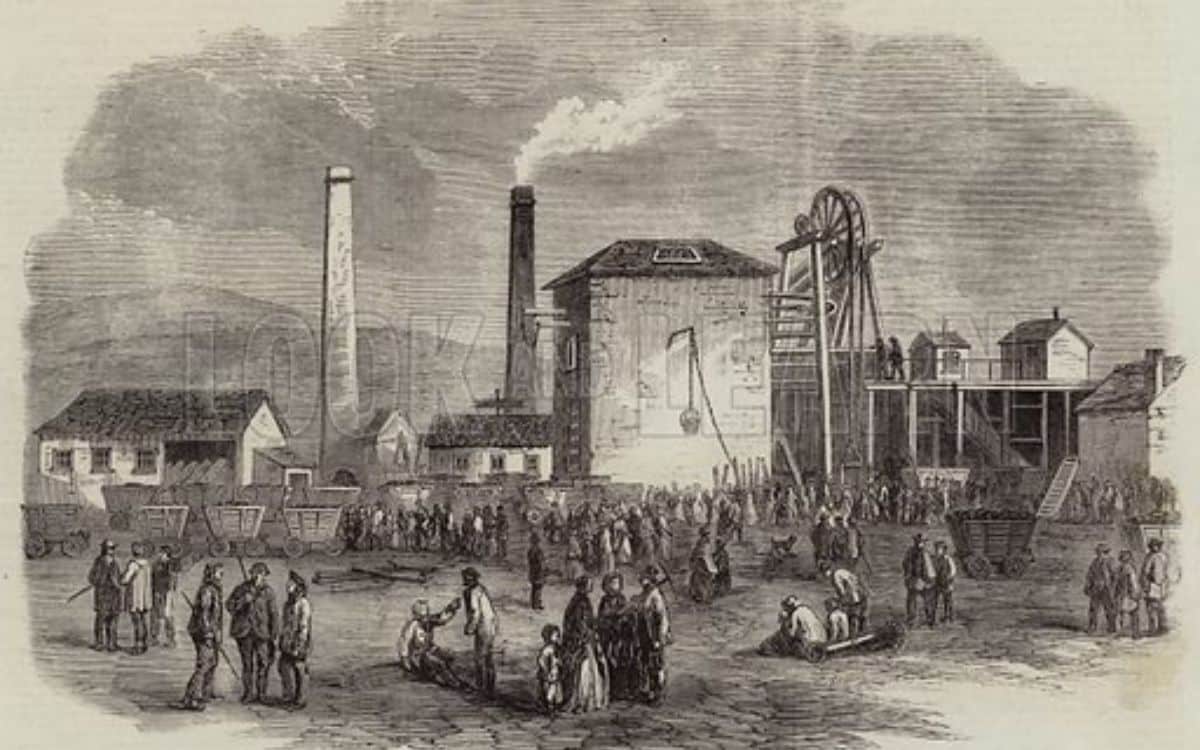
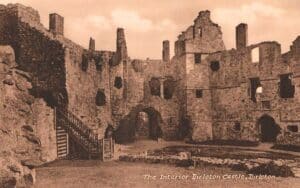

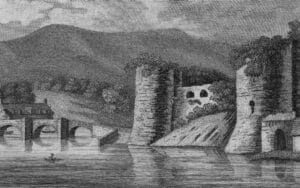
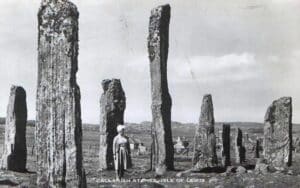

Hi there. I’m currently constructing my second book MINING MYSTERIES, please do believe me that this is nowhere near a financial enterprise. I was hoping I might use some of your Morfa Colliery text. I will of course offer full credit to Spooky Isles in my Acknowledgements/Bibliography. Thanks and best wishes. Roger West